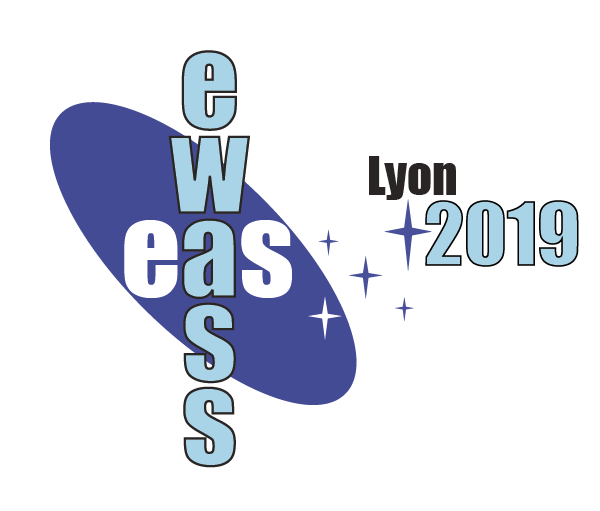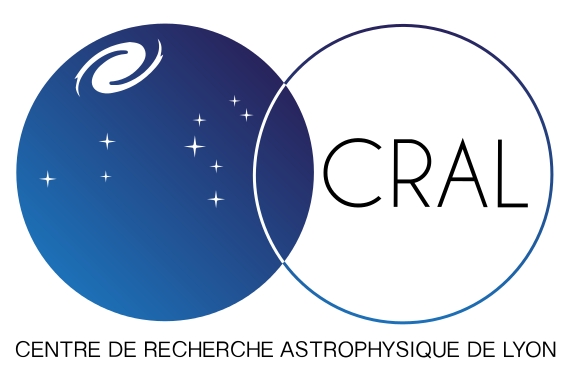Symposium S12
27-28 June 2019
Knowns and unknowns about brown dwarfs 24 years after its discovery
News:
The Preliminary Programme
Aims and scope
 The existence of brown dwarfs was predicted in 1963 and observationally confirmed in 1995. Since then a few thousand brown dwarfs have been discovered. The parameter space of known brown dwarfs extends down to a few Jupiter masses, ~250 K in temperature, and [Fe/H] = -2.4 in metallicity. Most middle age brown dwarfs have been discovered in the local field, proto-brown dwarfs in star forming regions, young brown dwarfs in open clusters and moving groups, and old brown dwarfs in the Galactic halo. Brown dwarfs are found orbiting around other stars and hosting planets, they are found to have aurora by radio emissions and variable in periods of around hour to day. Developments of new model atmospheres of brown dwarfs and very low mass stars have been, or are about to be completed, by different groups. We expect significant progress on individual brown dwarfs and benchmark systems to come out by June 2019 following the Gaia second data release. Brown dwarfs have similar atmospheres to exoplanets. The characterization of brown dwarfs, which can be directly observed, provide important analogs for the characterization of exoplanets. The search for rocky planets in the habitable zone of brown dwarfs is becoming viable. However, there are still some aspects of brown dwarfs that are not well studied. This symposium aims to bring observers and theorists together to discuss the latest works on brown dwarfs, and seek the future research directions.
The existence of brown dwarfs was predicted in 1963 and observationally confirmed in 1995. Since then a few thousand brown dwarfs have been discovered. The parameter space of known brown dwarfs extends down to a few Jupiter masses, ~250 K in temperature, and [Fe/H] = -2.4 in metallicity. Most middle age brown dwarfs have been discovered in the local field, proto-brown dwarfs in star forming regions, young brown dwarfs in open clusters and moving groups, and old brown dwarfs in the Galactic halo. Brown dwarfs are found orbiting around other stars and hosting planets, they are found to have aurora by radio emissions and variable in periods of around hour to day. Developments of new model atmospheres of brown dwarfs and very low mass stars have been, or are about to be completed, by different groups. We expect significant progress on individual brown dwarfs and benchmark systems to come out by June 2019 following the Gaia second data release. Brown dwarfs have similar atmospheres to exoplanets. The characterization of brown dwarfs, which can be directly observed, provide important analogs for the characterization of exoplanets. The search for rocky planets in the habitable zone of brown dwarfs is becoming viable. However, there are still some aspects of brown dwarfs that are not well studied. This symposium aims to bring observers and theorists together to discuss the latest works on brown dwarfs, and seek the future research directions.
Image Credit: ESO/I. Crossfield
Programme
- Model atmospheres of very low mass stars and brown dwarfs
- Brown dwarf formation and evolution
- Characterization of brown dwarfs
- Brown dwarf variability
- Proto brown dwarfs, young brown dwarfs, and planetary mass objects
- The role of metallicity at low temperatures
- Gaia revolution and large scale surveys
Invited speakers
- France Allard (Ecole Normale Superieure de Lyon, France)
- Beth Biller (University of Edinburgh, UK)
- Adam Burgasser (University of California San Diego, USA)
- Ben Burningham (University of Hertfordshire, UK)
- Gilles Chabrier (Ecole Normale Superieure de Lyon, France)
- Trent Dupuy (Gemini Observatory, USA)
- Davy Kirkpatrick (California Institute of Technology, USA)
- Basmah Riaz (University Observatory Munich, Germany)
- ZengHua Zhang (Observatoire de Paris, France)
Scientific organisers
France Allard (Co-Chair) (École Normale Supérieure de Lyon, France)
Nicolas Lodieu (Instituto de Astrofísica de Canarias, Spain)
David Pinfield (University of Hertfordshire, UK)
Richard Smart (Osservatorio Astrofisico di Torino, Italy)
Maria Rosa Zapatero Osorio (Centro de Astrobiología, Spain)
ZengHua Zhang (Co-Chair) (Observatoire de Paris, France)
Contact
ZengHua Zhang: zenghuazhang @ gmail.com
Updated on Mon May 13 11:02:58 CEST 2019
|

 A power cut will shut down all EAS services on Tuesday, 10 January 2017 starting at 7:30 CET.
A power cut will shut down all EAS services on Tuesday, 10 January 2017 starting at 7:30 CET.





